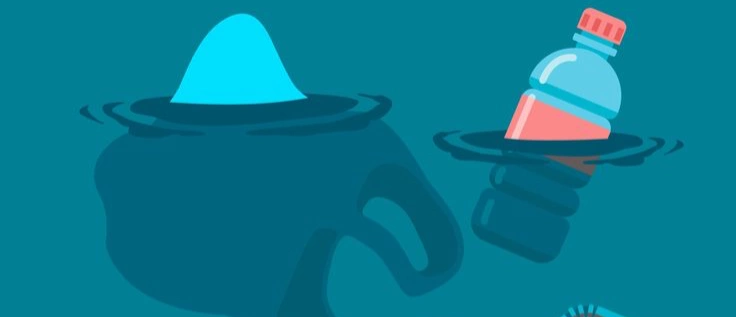Plastic Pollution
Plastic pollution has become a global environmental catastrophe. Every year, millions of tons of plastic enter the environment, especially the oceans, where they form massive garbage patches. The main sources include single-use packaging, plastic bottles, bags, and fishing gear. These materials take hundreds of years to degrade, breaking down into microplastics that contaminate soil, water, and living organisms.
Marine animals often mistake plastic for food, leading to the death of many species. Birds, fish, turtles, and whales suffer from internal injuries, suffocation, and starvation. Microplastics have already been found in the human body, including blood and breast milk. While the full health impact is still being studied, potential risks include inflammation, hormonal disruption, and chronic disease development.
Beyond harming wildlife, plastic pollutes natural landscapes, degrades soil and water quality, and tarnishes the beauty of cities and coastal areas. Recycling efforts remain insufficient, with low rates of reuse. A significant portion of plastic waste is incinerated, releasing toxic chemicals into the atmosphere.

Solving this crisis requires a systemic approach. It is essential to reduce the production and use of single-use plastics, develop eco-friendly alternatives (such as biodegradable materials), improve recycling infrastructure, and implement efficient waste collection systems. Education and legislation play crucial roles — bans on plastic bags, packaging taxes, and awareness campaigns can all drive change.

Individuals can contribute by refusing plastic products, sorting their waste, supporting green initiatives, and participating in clean-up events. Only through collective effort can we combat plastic pollution and safeguard the planet for future generations.
Close